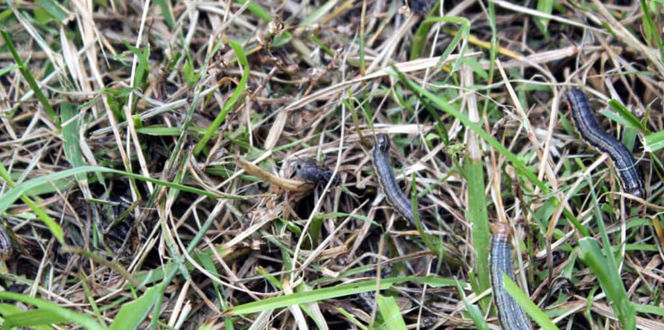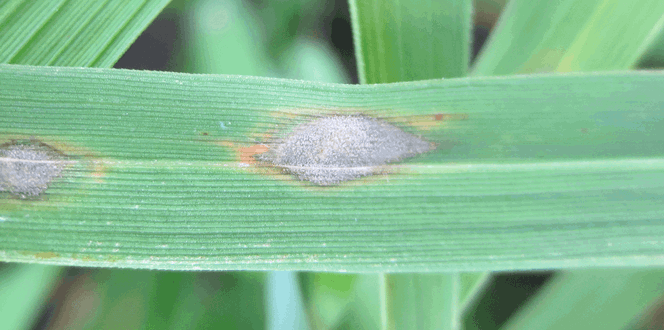Crabgrass Description:
There are several species of crabgrass. Common crabgrass is one of the most undesirable and dominant weeds in home lawns. A lighter shade of green than typical turfgrasses, it has a coarse texture and clumpy appearance.
Biology & Symptoms:
Crabgrass seeds are numerous and can remain viable in the soil for many years. Light and moisture turn the seeds into full-blown weeds in spring.
Management:
Proper lawn management is the first step in controlling crabgrass and other pesky weeds. Dense turf helps prevent sunlight from reaching weed seeds, so fewer can germinate.
Crabgrass tolerates high temperatures and dry soil, so it tends to pop up along sidewalks and driveways, where turf is often weaker and thinner. Mow at the recommended height for your turf type to keep the soil shady.
While turf is recuperating from winter dormancy, apply a pre-emergent herbicide to keep crabgrass at bay. These products provide only limited control. Growing dense turf is the first priority for preventing crabgrass later in the season. If crabgrass gets out of hand, apply a post-emergent herbicide. Contact your local landscape professional to help control crabgrass on your lawn.





